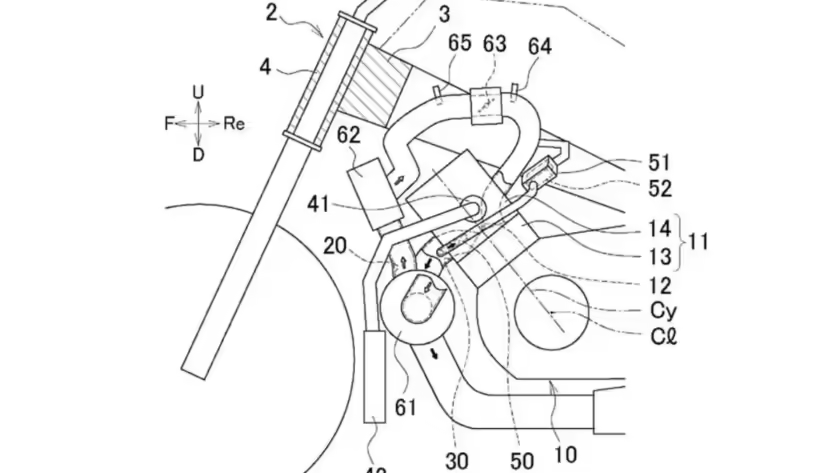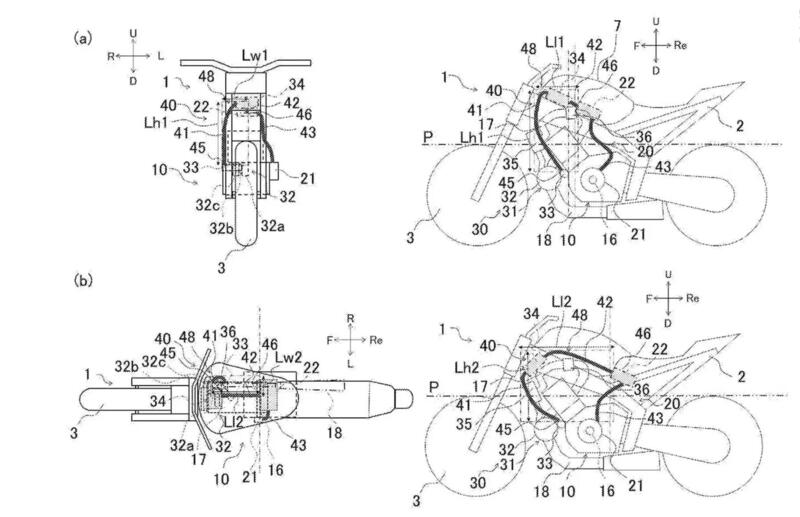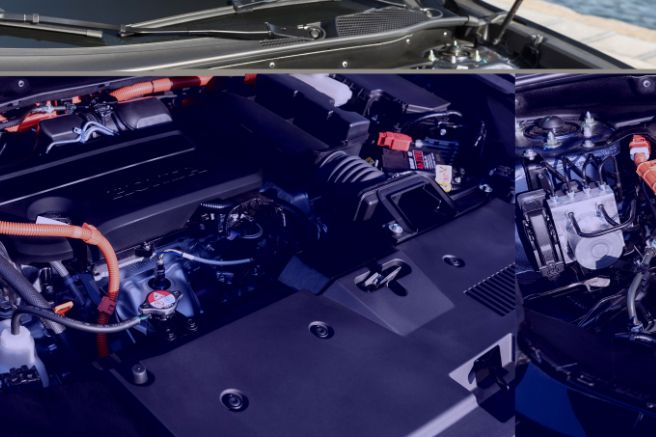Following Honda, Yamaha is also looking at electric centrifugal superchargers to power its engines. This further confirms the extent to which racing contributes to the development and technological growth of the entire automotive and motorcycle industry

Used and developed in what is undoubtedly the most advanced form of motorsport, Formula 1, electrically powered centrifugal superchargers first appeared in the two-wheel sector last year thanks to Honda’s “3V” prototype, equipped with a three-cylinder V-engine—two at the front and one at the rear—that is liquid-cooled and supercharged by an electrically powered centrifugal supercharger. Compared to mechanically powered centrifugal superchargers and those driven by exhaust gases, the electric solution is a winner because it separates the engine’s operating speed from that of the engine, allowing for dedicated supercharging strategies tailored to the engine’s individual operating states.
Furthermore, it limits air overheating to that induced by compression, minimizing the size of a potential intercooler, and virtually eliminates turbo lag, the delays in the compressor’s response to the rider’s power demands. This is confirmed by Honda’s statement that the “3V” supercharger would reach full capacity in less than half a second. Ultimately, the new solution offers many advantages, which is precisely why it is now also being used by Yamaha, at least according to a patent recently filed by the company.
The project appears to refer to a “Cp3” series engine, a three-cylinder in-line engine featuring a 120-degree piston arrangement, but does not delve into technical descriptions, focusing instead on the integration of the supercharging system into the vehicle, with particular attention to the air intakes and fuel manifolds.

The Yamaha solution also differs substantially from the Honda one in that the supercharger would remain traditional, driven by the engine’s exhaust gases, but would be powered by an electric motor that eliminates response delays when the throttle is opened.
New sistem
This system is therefore capable of full-time operation, unlike the Honda system, which does not provide continuous turbo operation, instead being seen as a booster that intervenes only when necessary—when the driver decides to accelerate decisively or when it is necessary to generate more torque at low and medium revs than a purely naturally aspirated engine would produce.
It’s worth remembering that Yamaha is no stranger to supercharging, having introduced the “XJ 650 Turbo” model in the 1980s, boasting 90 horsepower at 9,000 rpm. In 2019, it discussed a turbocharged inline twin-cylinder engine, and in 2020, it filed a patent for a supercharged three-cylinder engine, but nothing more was heard of it since. Time will tell whether the recent patent will suffer the same fate or will at least materialize at the prototype level.
Title: Yamaha electric centrifugal compressors
Translation with Google



